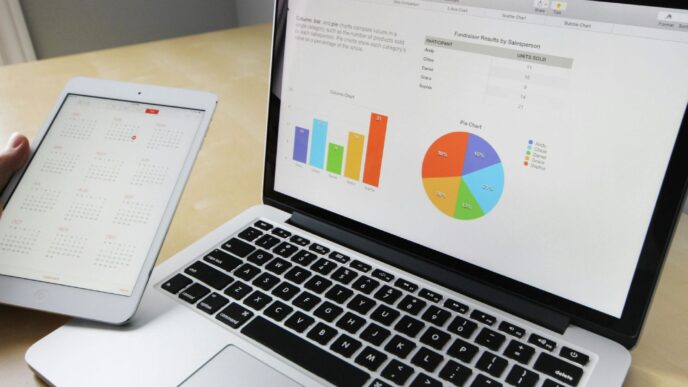
In a landmark moment in Indian cinema, Shah Rukh Khan and Vikrant Massey have jointly won the Best Actor award at the 71st National Film Awards, marking a celebration of both mainstream brilliance and raw, artistic depth.
A Historic First for Shah Rukh Khan
After an illustrious career spanning over three decades, Shah Rukh Khan received his first-ever National Award for Best Actor for his power-packed dual-role performance in Jawan. The film, directed by Atlee, showcased Shah Rukh in two starkly different avatars—a vigilante father and a young soldier—capturing the audience with action, emotion, and charisma.
Jury head Ashutosh Gowariker called the decision “unanimous,” noting that Shah Rukh’s layered portrayal in Jawan stood out among his many releases that year. This honor cements his legacy not only as the “King of Bollywood” but now also as a nationally recognized powerhouse performer.

Vikrant Massey’s Rise to Critical Acclaim
Sharing the prestigious Best Actor title is Vikrant Massey, whose emotionally grounded role in 12th Fail won hearts across the country. Directed by Vidhu Vinod Chopra, the film tells the true story of IPS officer Manoj Kumar Sharma, rising from poverty through sheer will and hard work.
Massey’s performance was lauded for its sincerity, vulnerability, and quiet strength, capturing the grit of millions of aspirants struggling to change their lives. This is Vikrant’s first National Award, a career-defining moment that places him firmly among India’s finest actors.
Full Circle: Mainstream Meets Meaningful
This joint win is more than a coincidence—it’s symbolic of Indian cinema’s expanding spectrum. On one hand, SRK’s box-office blockbuster demonstrated how socially relevant storytelling can meet high-octane entertainment. On the other, Massey’s intimate portrayal of a struggling youth highlighted the power of cinema to inspire and reflect truth.
DIGI MERCH STORE PRINT ON DEMAND

Reactions from the Stars
Shah Rukh Khan, known for his humility, thanked his fans, family, and director Atlee:
“This award belongs to the people. It’s been a long journey, and I’m humbled.
Vikrant Massey expressed gratitude and awe at sharing the honor:
“It’s a privilege to share my first National Award with an icon like Shah Rukh Khan. 12th Fail changed my life.
Final Thoughts
The 71st National Film Awards proved that versatility, authenticity, and bold storytelling are being rightly celebrated. Whether it’s a global superstar reinventing himself or a rising actor bringing real-life struggles to the screen—India’s cinematic future looks promising and proudly diverse
Comment:















